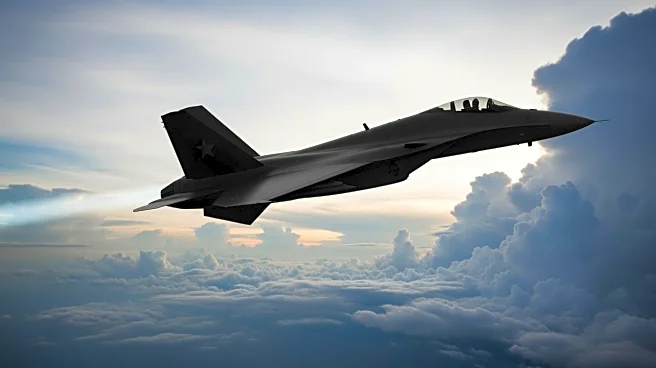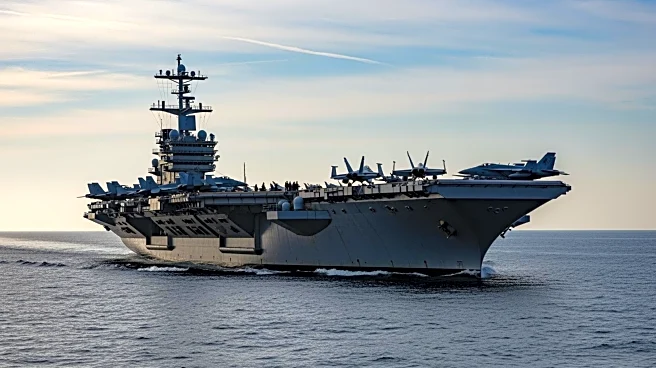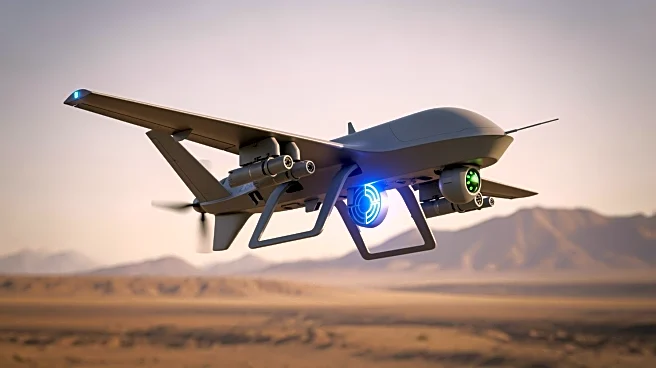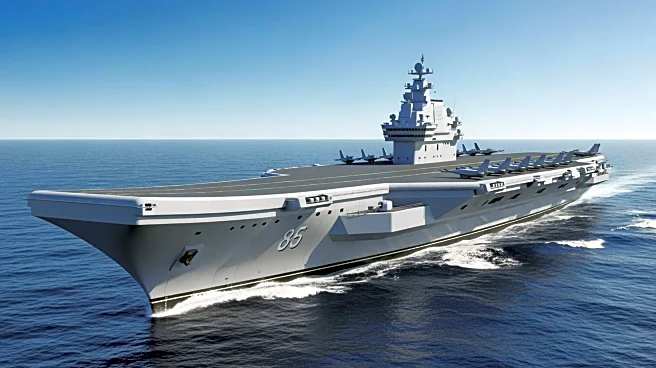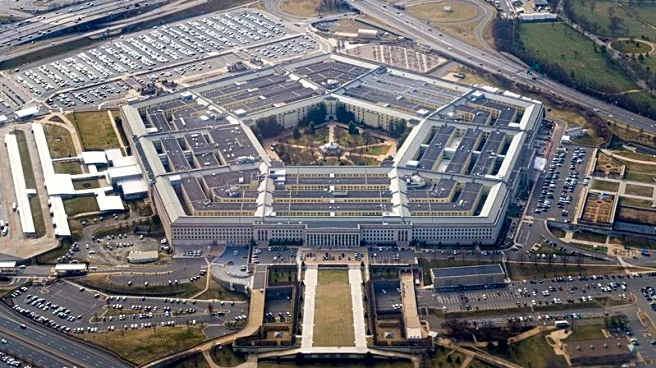What's Happening?
The Lockheed Martin F-16 Fighting Falcon is recognized as the most common modern fighter aircraft, operated by numerous countries including the United States, Bahrain, Belgium, and others. Despite its
widespread use, the F-16 faces tactical limitations due to its lack of stealth capabilities and long-range air-to-air missiles. The aircraft is primarily used by the U.S. Air Force in ground-attack roles, although it remains a formidable opponent in close air combat scenarios. The F-16's design emphasizes agility and multi-role functionality, but it is at a disadvantage against newer fighters equipped with longer-range missiles such as the European Meteor, Russian R-37, and Chinese PL-15.
Why It's Important?
The F-16's limitations in stealth and missile range highlight the evolving nature of aerial combat and the need for continuous advancements in fighter technology. As air forces globally seek to enhance their capabilities, the F-16's widespread use underscores its reliability and versatility despite its tactical shortcomings. The aircraft's role in ground-attack missions reflects strategic priorities in modern warfare, where multi-role capabilities are increasingly valued. The ongoing development of newer fighter models with advanced stealth and missile technologies may influence future procurement decisions and military strategies.
What's Next?
As air forces continue to modernize their fleets, the F-16 may face increased competition from newer models offering enhanced stealth and missile capabilities. Countries operating the F-16 might consider upgrades or replacements to maintain tactical advantages in aerial combat. The U.S. Air Force's focus on ground-attack roles for the F-16 suggests potential shifts in mission priorities, possibly influencing future aircraft development and procurement strategies.
Beyond the Headlines
The F-16's operational history and global presence reflect broader geopolitical dynamics, where military alliances and defense strategies shape aircraft deployment. The aircraft's limitations in stealth and missile range may prompt discussions on the balance between cost-effectiveness and technological superiority in military procurement.
